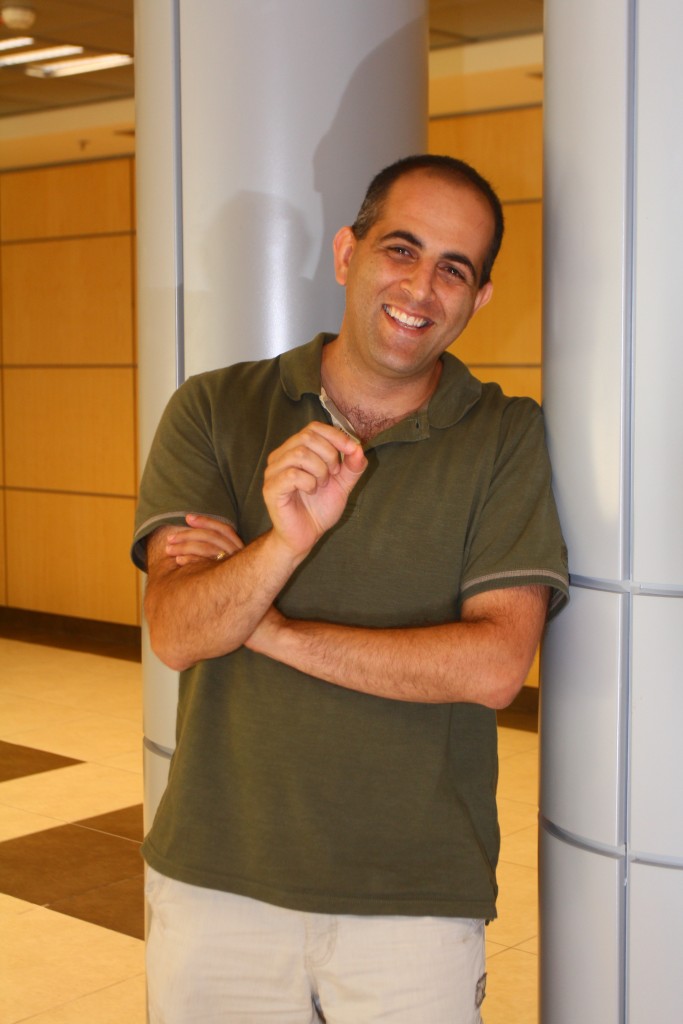Genomic Eclipse
Suppressing the Gene
Technion scientists uncover an unknown mechanism in living cells: concealment as a means for genetic suppression. The follow-up study to employ novel DNA printing technology in order to decipher “genomic syntax”
According to the prestigious scientific journal Nature Communications, Assistant Professor Roee Amit, a faculty member at Technion’s Faculty of Biotechnology and Food Engineering, discovered a new concept in cell activity: concealment as a means for genetic suppression.
Genetic suppression is a biological term referring to the repression of genetic activity by the cell. Through direct protein function, living cells know how to activate genes through a process known as gene regulation, and to “turn them off” or suppress them through a process known as repression.
A recent study, headed by Asst. Prof. Roee Amit, discovered that the cell has other ways by which to repress a gene: using a physical concealment, that is, through a protein that prevents the interaction between the gene and the factor attempting to activate it. “The concealing protein can be thought of as a tall man sitting in front of you in the cinema. Another analogy is that of a solar eclipse. In fact, this can be described as a kind of ‘genetic eclipse’ where some proteins settle on a DNA segment at a point on the gene which conceals the factor that is supposed to activate it, effectively suppressing the gene.”
Amit’s hypothesis was tested in three ways through the employment of numerical simulations, synthetic biology and bioinformatics. In other words, the model was verified through simulation and analysis of actual genetic segments. “We verified this model through experimentations conducted on 300 synthetic regulatory sequences in bacteria, and it lead us to establish this new concept. We now believe that this mechanism evolved as an effective mechanism for genetic silencing.”
The new concept will be examined in depth through an extensive research framework to be led by Asst. Prof. Amit. The new study, which will be supported by a €4 million grant from the FET Open program through Horizon 2020 by the European Commission, will include five research groups working together to decipher the principle regulatory codes of bacteria, yeast, mammalian cells and flies. “The regulatory code is a type of programming language through which the genome is able to control gene expression in terms of location, timing and intensity. The study will make use of innovative DNA printing technologies in order to rewrite the code and examine the output of synthetic applications in living cells.” The researchers hope to decipher the genomic syntax of living cells by writing tens of thousands of synthetic control sequences.
Link to the article:
http://www.nature.com/ncomms/2016/160202/ncomms10407/full/ncomms10407.html



